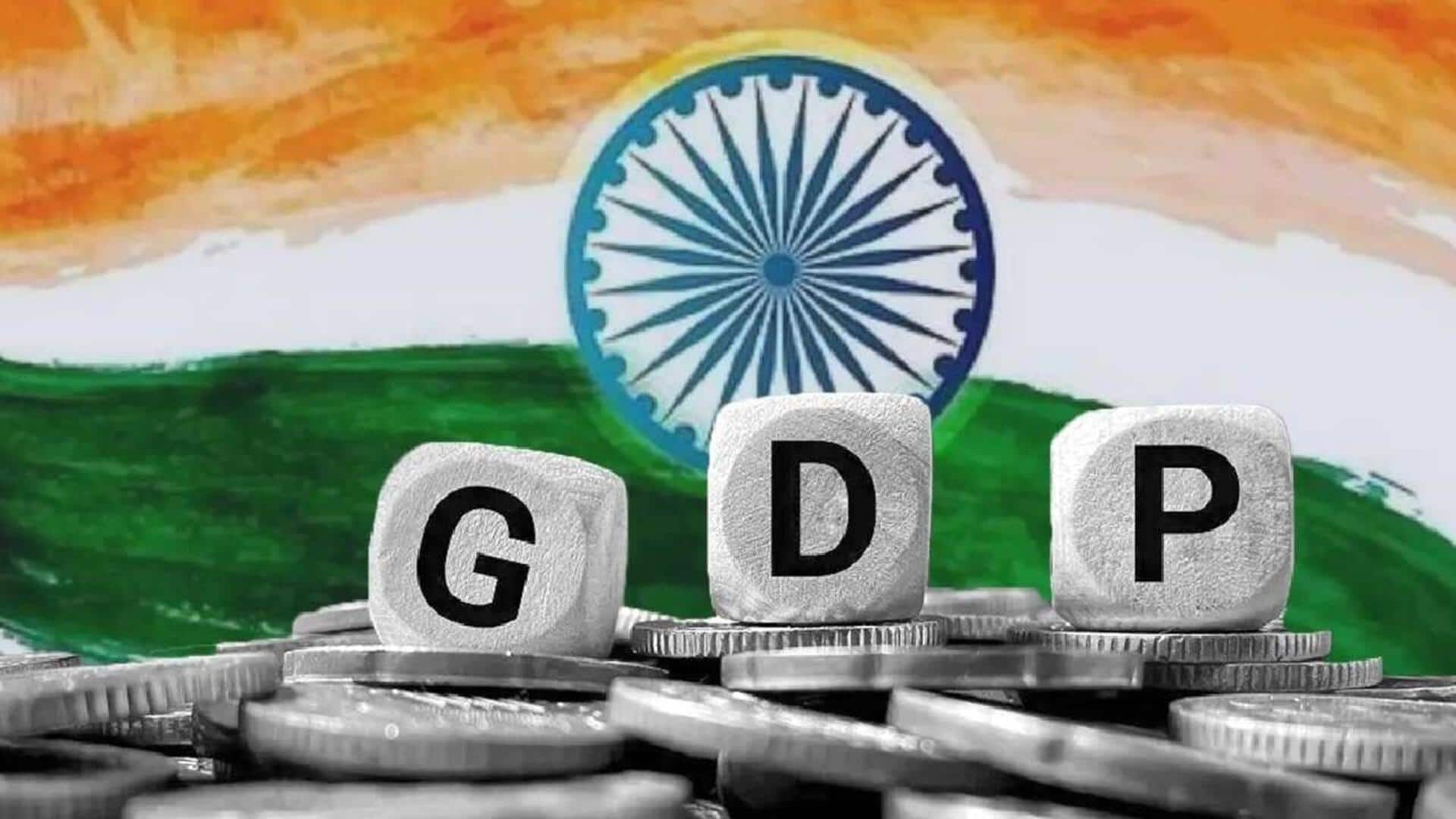
India to surpass US economy by 2038 despite tariffs: EY
What's the story
India is projected to become the world's second-largest economy in terms of purchasing power parity (PPP) by 2038, according to a report by Ernst & Young (EY). The report, based on International Monetary Fund (IMF) projections, estimates India's GDP will reach $34.2 trillion by then to surpass the US. This growth trajectory is fueled by a combination of favorable demographics, rising domestic demand, and sustainable fiscal policies.In PPP terms, China leads, followed by the US and India.
Growth comparison
India's favorable demographics and debt profile
The EY report highlights India's unique position among major economies, with a median age of 28.8 years in 2025 and the second-highest savings rate. Unlike its global counterparts, India's government debt-to-GDP ratio is also expected to decline from 81.3% in 2024 to 75.8% by 2030. This is in stark contrast to countries like China, the US, Germany, and Japan where debt levels are on the rise.
Future projections
Comparison of India with other major economies
According to the EY report, India's economy is projected to reach $20.7 trillion (PPP) by 2030. This projection takes into account the challenges faced by other major economies such as China's aging population and rising debt, the US's high debt levels and slower growth rates, and Germany and Japan's advanced status but high median ages and dependence on global trade.
Economic resilience
Aspirations for a 'Viksit Bharat' by 2047
DK Srivastava, Chief Policy Advisor at EY India, emphasized India's strengths such as a young and skilled workforce, robust saving and investment rates, and a relatively sustainable debt profile. He said these factors will help sustain high growth even in a volatile global environment. "By building resilience and advancing capabilities in critical technologies, India is well-placed to move closer to its Viksit Bharat aspirations by 2047," Srivastava added.
Growth drivers
Structural reforms driving India's growth trajectory
The EY report credits India's growth trajectory not just to demographics but also structural reforms and resilient fundamentals. High saving and investment rates are driving capital formation while fiscal consolidation is improving sustainability. Reforms such as Goods and Services Tax (GST), Insolvency and Bankruptcy Code (IBC), financial inclusion through Unified Payments Interface (UPI), and production-linked incentives are strengthening competitiveness across industries.
Market exchange rate
Impact of US tariffs on India's GDP growth
India is also expected to become the third-largest economy in terms of market exchange rates by 2028, surpassing Germany. The EY report further states that while US tariffs may impact nearly 0.9% of India's GDP, their effect on GDP growth can be limited to just 0.1% point with suitable countermeasures such as export diversification and stronger domestic demand.